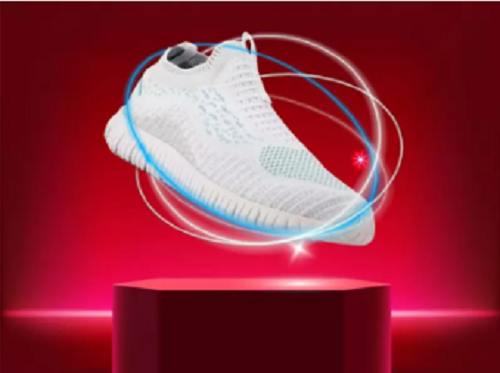In today’s fast-paced digital environment, brands are continuously looking for new ways to attract the attention of their target customers and make a lasting impression. One of the most intriguing developments in advertising and trade exhibitions is the use of holographic technology. Holograms are an interesting and futuristic method to present products, convey brand stories, and create interactive experiences that will fascinate attendees.
The Power of Holographic Advertising
Holographic advertising is revolutionizing the way brands communicate with their audiences. Unlike traditional digital displays or static banners, holograms create a 3D illusion that can appear to float in mid-air, providing an eye-catching spectacle that naturally draws people in. This technology allows brands to showcase products in ways that were previously impossible, such as:
- 3D Product Demonstrations: Companies can display their products in lifelike 3D detail without needing physical prototypes.
- Virtual Spokespersons: Holograms can bring brand ambassadors or company representatives to life, offering engaging presentations even if the person is not physically present.
- Interactive Brand Experiences: Attendees can interact with holograms using motion sensors, touch interfaces, or even augmented reality elements, making the experience more immersive.
Holograms at Trade Shows: A Competitive Advantage
Trade shows are highly competitive environments where brands vie for attendees’ attention. A well-placed holographic display can serve as a magnet, attracting foot traffic and setting a brand apart from its competitors. Here’s how holograms enhance trade show marketing:
- Increased Engagement: A visually stunning hologram grabs attention faster than traditional signage or video screens.
- Space Efficiency: Many holographic setups require minimal physical space while creating a large visual impact.
- Memorability: Attendees are more likely to remember a brand that offers an innovative and interactive experience.
- Cost-Effective Long-Term Solution: Once developed, holographic content can be reused for multiple events without significant additional costs.
Real-World Examples of Holographic Success
Several brands have successfully leveraged holographic technology to enhance their marketing efforts at trade shows and beyond:
- Car Manufacturers: Companies like BMW and Lexus have used holograms to showcase their vehicles’ features in stunning 3D detail.
- Healthcare and Pharma Companies: Holographic displays have been used to demonstrate medical devices and procedures without the need for physical equipment.
- Fashion and Retail: Some brands have experimented with holographic fashion shows, displaying virtual clothing designs on models without needing physical garments.
The Future of Holographic Advertising and Trade Shows
As technology advances, holographic advertising is expected to become even more accessible and interactive. Future trends may include:
- AI-Driven Holograms: Personalized experiences where AI-generated holograms interact with customers based on their preferences.
- Hybrid Events: Combining holograms with virtual reality (VR) or augmented reality (AR) for an even more immersive experience.
- Portable Holographic Displays: Compact and affordable solutions that allow even smaller businesses to integrate holograms into their marketing strategies.
Conclusion
Holograms for advertising and trade exhibitions provide a creative opportunity for firms to differentiate themselves and create unforgettable experiences for their viewers. As technology advances, firms who use holograms early will have a competitive advantage in catching customer attention and increasing engagement. Whether for product demonstrations, virtual spokespersons, or interactive storytelling, holographic technology is influencing the future of brand marketing.





